Kitty Kino, one of the first women to graduate from the directing programme of Film Academy Vienna, looks back on a long and multifaceted career.
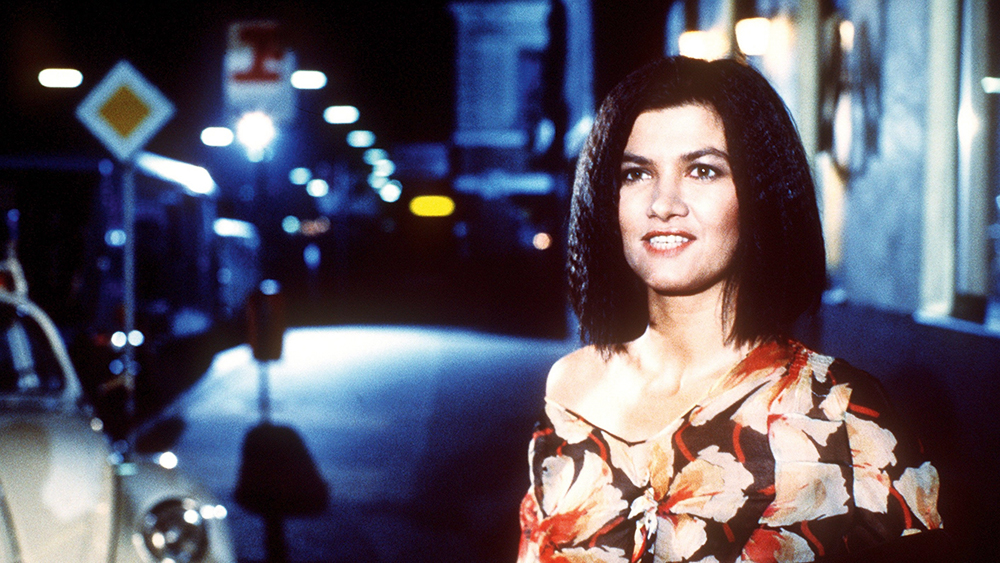
She originally wanted to study nuclear physics, says the Vienneseborn filmmaker, photographer, and author Kitty Kino. But her parents wanted her to take over her grandfather’s factory, for which reason she attended Vienna’s technological school—at which she earned her Matura—and then worked for two years as an electrical engineering technician. “But then, everything developed in an entirely different direction,” says Kitty Kino. “I participated as an actress in two film productions by Rolf Thiele, but soon figured out that where I belonged was behind the camera.”
She was accepted to Film Academy Vienna’s directing and editing programmes, though the film directing pioneer, now aged 69, was also interested in camera work. “At the time, however, that was simply impossible for a woman—not just because of the heavy cameras and lights, but also because even just my desire, as a woman, to become a filmmaker met with a huge lack of understanding.”
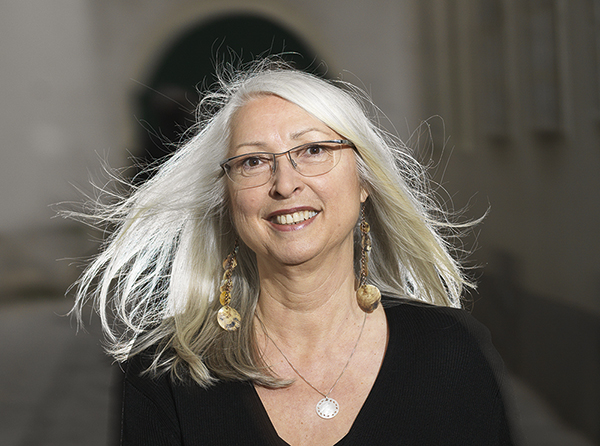
Becoming Aware
But against all resistance, Kitty Kino managed to successfully complete her studies at the Film Academy. She then began her career in film with initial works for television in which her fondness for being visually creative was already clear to see. “When film subsidies were finally introduced, I wrote a script and submitted it,” recalls the artist. That script was to become Kitty Kino’s cinematic debut, Karambolage. This movie, which tells the story of a billiards-playing woman in 1980s Vienna, met with great success. It was picked up by international festivals including the Berlinale and ended up running 14 weeks straight at the Berlin cinema Filmkunst66. Karambolage also revealed a characteristic element that embodies Kitty Kino’s central approach to filmmaking: “For me, it’s about processes of becoming aware—these are what interest me most about the filmic medium: being able to experience how someone changes. In the case of Karambolage, it was about an emancipatory birth of self-awareness.”
Lara
With movies like Nachtmeerfahrt, in which a female model grows a beard, and Das Geständnis, which tells a story of a former euthanasia doctor wishing to confess his crimes, Kitty Kino continued her career as a movie and television director over the decades that followed. Not all of her ideas were realised: some failed to receive funding, while others simply proved too expensive. But the versatile artist was not to be discouraged from pursuing her creative career. One of her scripts, where efforts to obtain funding went nowhere due to the computing power that would have been required, she rewrote as a wonderful children’s book: Lara und die Insider [Lara and the Insiders] takes readers through the awakening process of its young protagonist Lara.
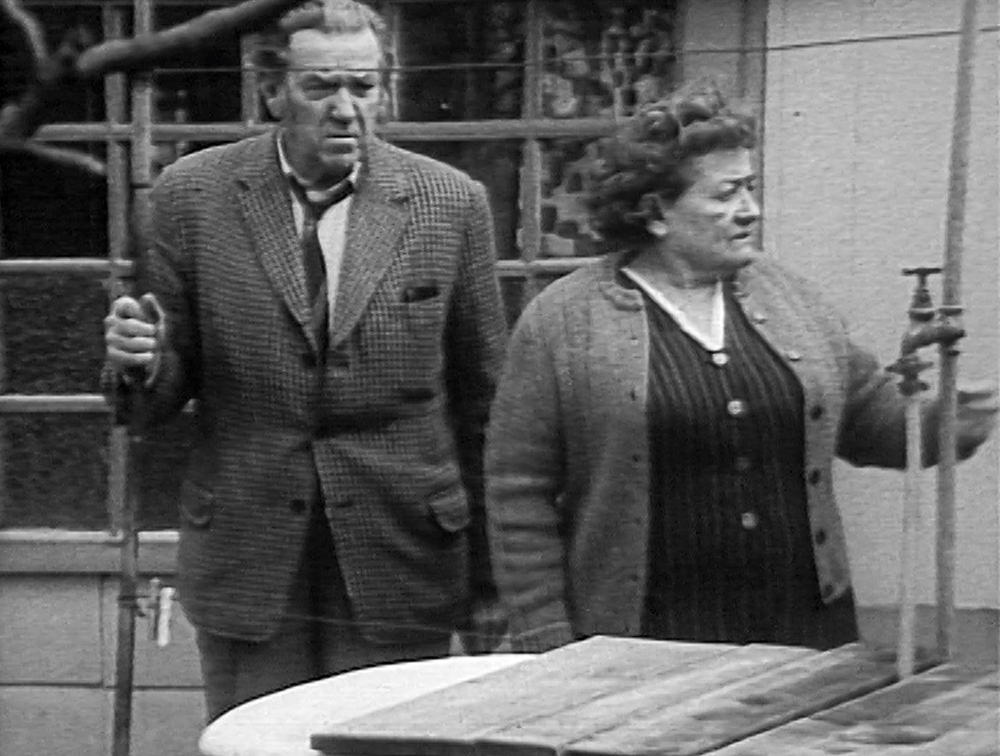
Powerful Images
Kitty Kino also went on to direct several spoken dramatic works for the stage—such as Fälle und Fallen, a collage of texts by Daniil Charm, with which she demonstrated her ability to do deeply black comedy. This production also reflected her great love of the visual arts in its staging concept and costumes. Kitty Kino’s works stand out quite generally for their strong pictorial language and their proximity to the visual arts. These characteristics didn’t always meet with much appreciation in the Austrian film scene, with its fairly widespread attitude of “film the dialogues—expensive montages are not a priority”—in part due to ever-shorter filming phases, explains the artist.
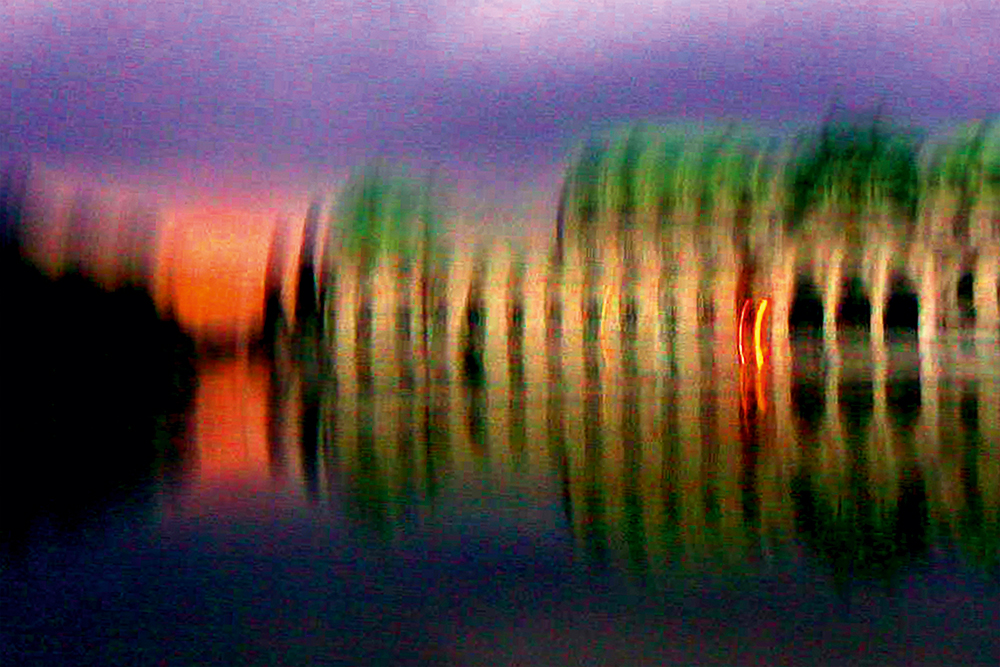
Kitty Kino Vienna
Powerful images and an affinity for painting can also be observed in a further important aspect of Kitty Kino’s artistic output, namely her photography. Following her studies at the Film Academy, as part of which she also got to know darkroom work and photo processing, she’d put her photographic pursuits largely on hold. “For a while, all I did photographically was simple vacation snapshots,” she explains. One of these photos, however, fascinated the owner of a photo gallery so much that he expressed interest in buying it from her. Today, she can look back on several successful photo exhibitions, including Kontrastumfang and Augen. gehen.auf. But she’s especially proud of one particular photographic work, which she calls her “pride and joy”: Kitty Kino Vienna is a photo book published in 2014 in which the artist presents colour views of Vienna that employ the technique of light painting. These photos were taken on twilight and night time journeys through Vienna, and aside from their painterly quality, what makes them special is the fact that Kitty Kino took them using an old mobile phone from the pre-smartphone era. “This phone can only store 30 photos,” she explains with a smile, “so photographing these buildings and scenes in Vienna was quite a time-consuming process.”
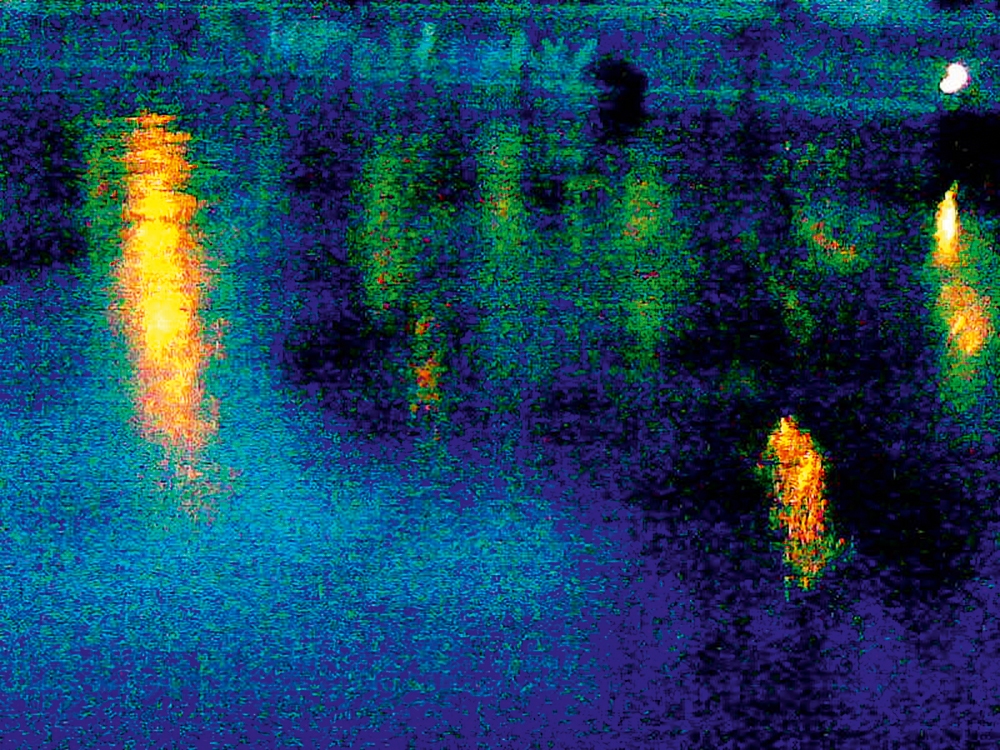
Great Movies
With such a multifaceted oeuvre, there arises the question of what exactly Kitty Kino likes to do most. “In principle, I’d set out to make great movies. And ‘a story told in pictures’ is what I’m most fond of creating.” But that’s not always easy, in Austria—and in the case of her most recent script, she decided to pursue development of a novel instead. “It’s this huge idea that takes me back to my childhood passion: astrophysics.” A dependent clause from a nuclear physics-related sentence in Stephen Hawking’s work A Brief History of Time provides the starting point for this ambitious novel, which she’s currently in the process of finishing. “It’s a book that inhabits multiple genres, just like a whole lot of my works. And if I can find an international publisher, then who knows—maybe it will actually turn into a major motion picture in the end.”

